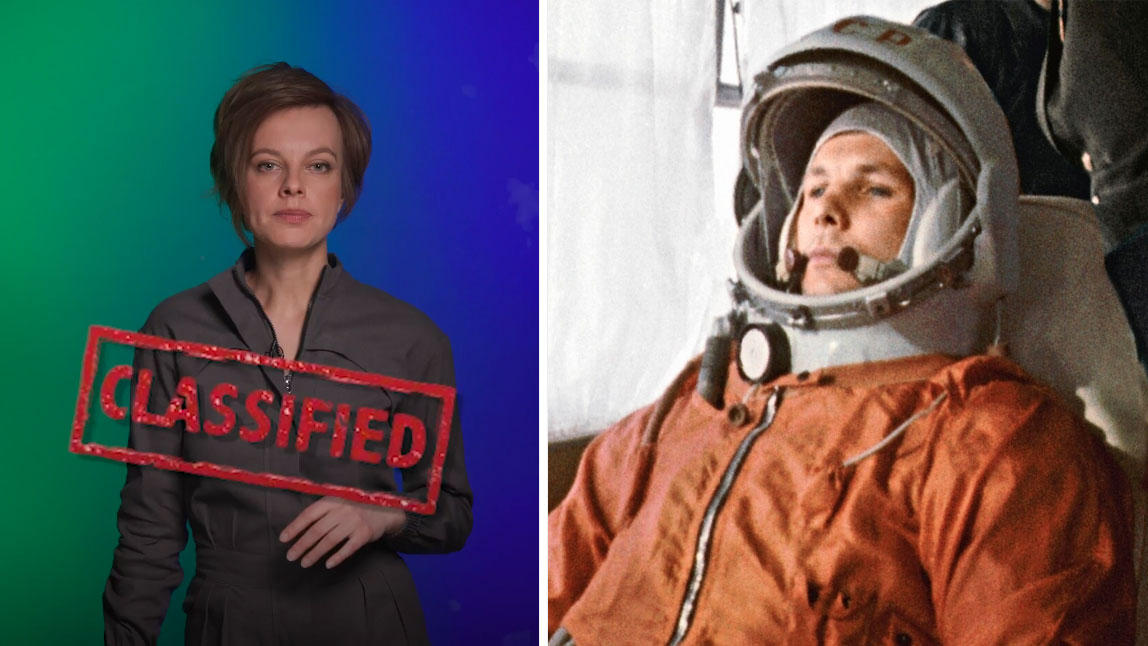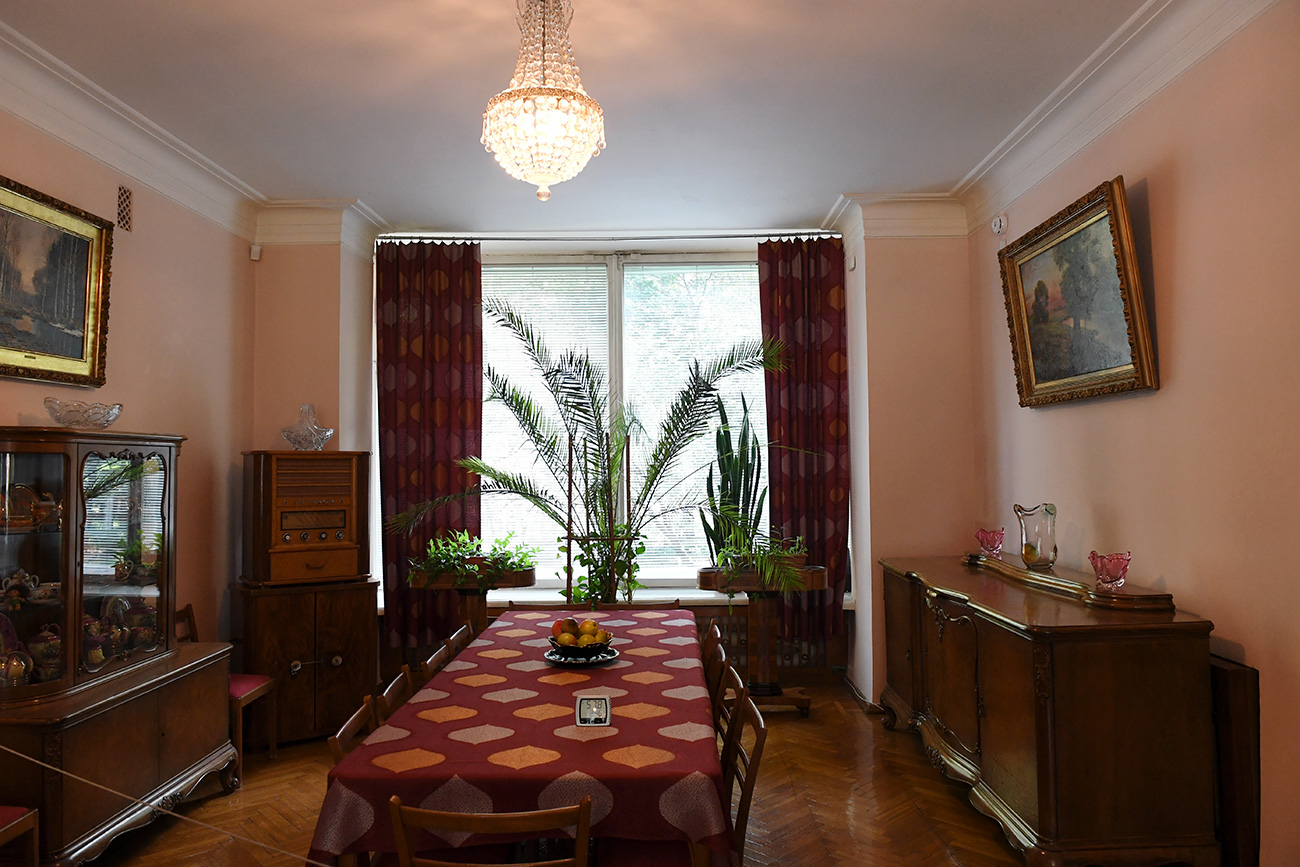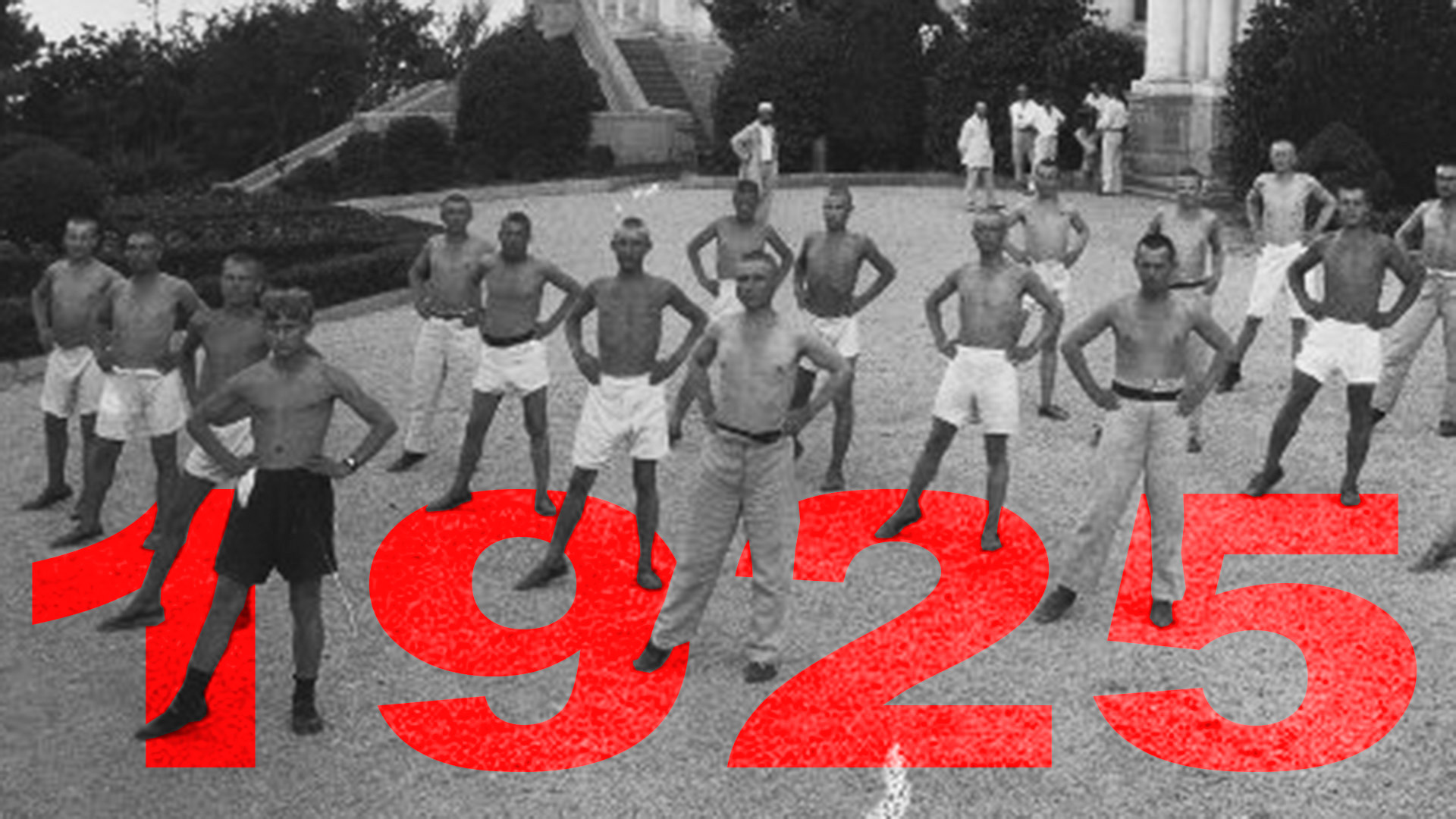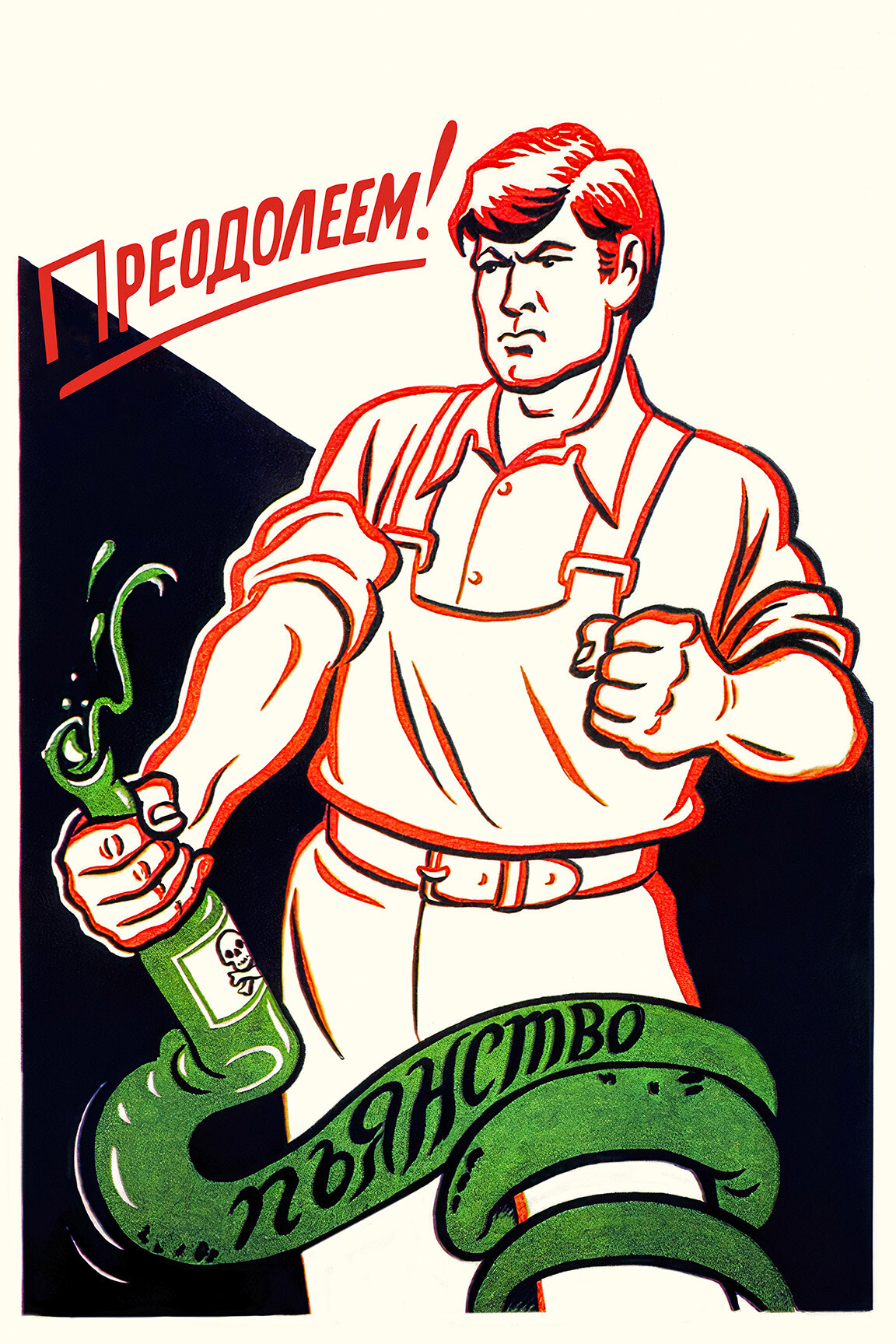
How did the Soviet authorities spoil their ‘favorites’?

From cars to an entire airplane
Personal automobiles in Soviet times were first a luxury and only then a means of transportation. And to get a foreign car at one's disposal was an almost unattainable dream. However, for some Soviet citizens, these dreams came true.

Cars were given as a government award. However, in 1936, Stalin personally presented pilot Valery Chkalov with a U-2 airplane for a non-stop flight from Moscow to Udd Island in Sakhalin Bay. And, in 1937, the pilot received a Packard automobile for his non-stop flight across the North Pole from the USSR to the U.S. in an ANT-25. Mikhail Gromov, another pilot, who overcame the distance from the Soviet Union to San Jacinto, California, meanwhile, received a luxurious American Cord 812 automobile, the only one in the USSR.

After returning to Earth, the first cosmonaut Yuri Gagarin was given a GAZ-69 car with a personal driver – these were the cars that military unit commanders rode in. Later, he added several more cars to his collection. The USSR Council of Ministers presented Gagarin a black Volga GAZ-21 with an unusual blue interior trim. And he was given a Matra-Bonnet Djet V sports car from France. Although the gift was approved by the Soviet ambassador to France and Soviet government ministers, the cosmonaut did not drive it very often. Secretary of the Central Committee of the Communist Party of the Soviet Union Mikhail Suslov did not like the publications in the foreign press about the cosmonaut's increased attention to foreign cars.
Dachas (country houses)
The very designation of country houses – ‘dacha’ – appeared during the time of Peter the Great. The emperor would give away land plots as a reward. In Soviet times, departmental dachas would often be given to members of creative associations – unions of architects, artists, writers. Entire villages and towns appeared, where outstanding figures of culture and science rested and created.

For example, in the 1930s, not far from Moscow, the writers' town of Peredelkino appeared – dachas there were given for life and passed to the next owner six months after the death of the previous one. Alexander Fadeyev, author of ‘Young Guard’, Boris Pasternak, creator of ‘Doctor Zhivago’, Korney Chukovsky, Konstantin Simonov, Bulat Okudzhava, Yevgeny Yevtushenko, Andrey Voznesensky and others all lived there at one point.

In the late 1940s, a similar settlement – in Mozzhinka near Zvenigorod – appeared for members of the Academy of Sciences. Scientists were allocated a two-story house, a garage with an apartment for servants and a large plot of land. Sergey Vavilov, Vladimir Obruchev, Lev Landau, Otto Schmidt and Trofim Lysenko lived there. Local residents would gather for events in the House of Scientists, where there was a cinema, restaurant, library, playroom for children and a billiard room for adults.
Houses

Soviet authorities were extremely generous with their gifts to their favorites. Writer Maxim Gorky received a magnificent mansion in Moscow, which, before the 1917 Bolshevik Revolution, had belonged to philanthropist and businessman Sergei Ryabushinsky. He also was given a dacha in the near Moscow region (Gorki-10) and a house in Crimea.

The writer's peace was ensured by security guards, while the state paid for the maintenance of houses and the purchase of provisions.

Joseph Stalin and Lazar Kaganovich, Vladimir Nemirovich-Danchenko and Herbert Wells would visit the "petrel of the revolution" in Gorki. French writer Romain Rolland, who was among the guests, recalled: "The table is bursting with food: there are cold appetizers and all kinds of hams and fish – salted, smoked, jellied. A dish of sterlet with shrimps. Hazel grouse in sour cream – and all that kind of stuff. They drink a lot. Gorky sets the tone."

Sometimes, the gifts were not so much luxurious as practical. In 1957, on the occasion of the successful launch of an artificial satellite, the Council of Ministers awarded designer Sergei Korolev an entire private residence – he had asked to allocate him a house nearer to his work.

Korolev ended up living in a two-story house in the northeast of Moscow Korolev for six years.

Apartments
When ballerina Galina Ulanova was transferred from the Kirov (now Mariinsky) Theater to the Bolshoi Theater, she was immediately provided with living space – and not just anywhere, but in one of Moscow's famous high-rises, located on Kotelnicheskaya Embankment.

Famous shock worker, miner Alexey Stakhanov, who mined 102 tons of coal in one shift (14 times more than the daily norm!), meanwhile, instantly received everything a Soviet person could only dream of. A GAZ-M1 car and a fully furnished apartment with a telephone in the famous house on the embankment – the Government House in Moscow.
Foreign Travel
It was virtually impossible to travel abroad during the Soviet era. Individual trips did not exist at all and getting into a group tour to a socialist bloc country once every three years was the dream of many Russians. But, it was not easy to get included on a tour (all candidates had to be approved by the KGB) and it cost a lot – at least 200 rubles, which was almost 1.5 times the average monthly wage. Travel to capitalist countries was the domain of diplomats and party leaders or a great privilege. The latter was enjoyed, for example, by artists, in particular, of the Bolshoi Theater. And also movie stars. Thus, one of the most famous couples of the Soviet Union – actress Lyubov Orlova and director Grigory Alexandrov – had everything they could dream of.

In 1942, Orlova went abroad for the first time, to Iran, where she performed for the Red Army. Later she went to festivals in the Czech Republic and Venice, established cultural ties together with her husband in Mexico and toured England. Orlova and Alexandrov were also friends with Charlie Chaplin and often visited him in Switzerland.












